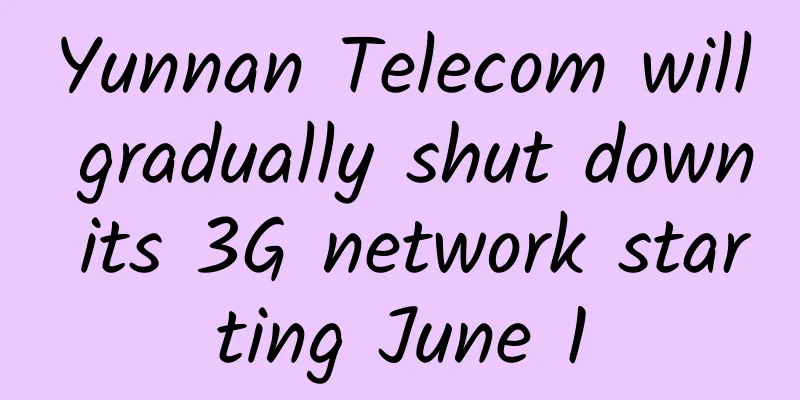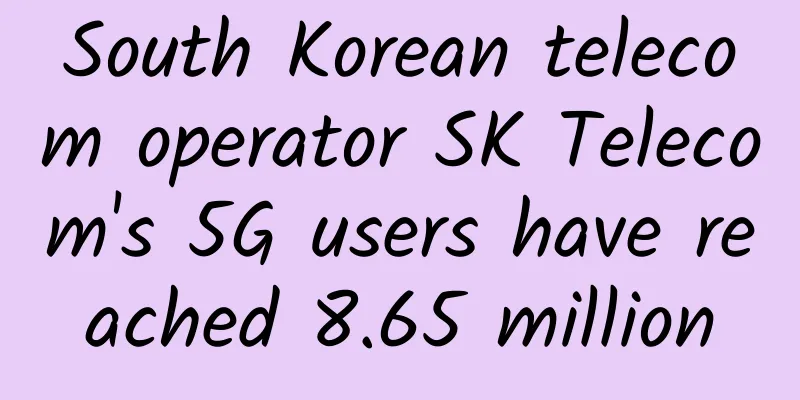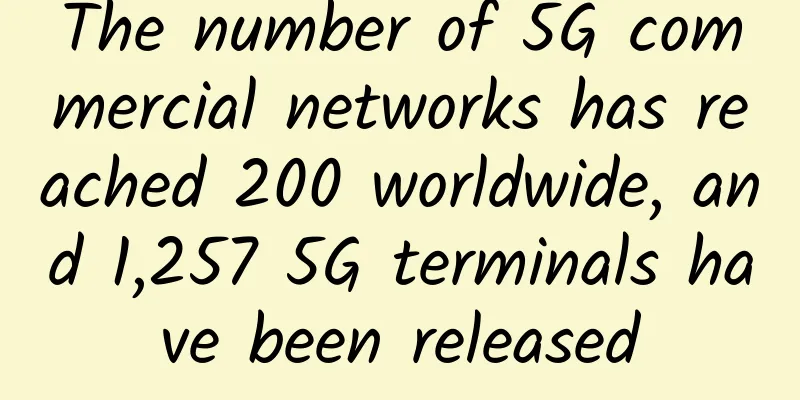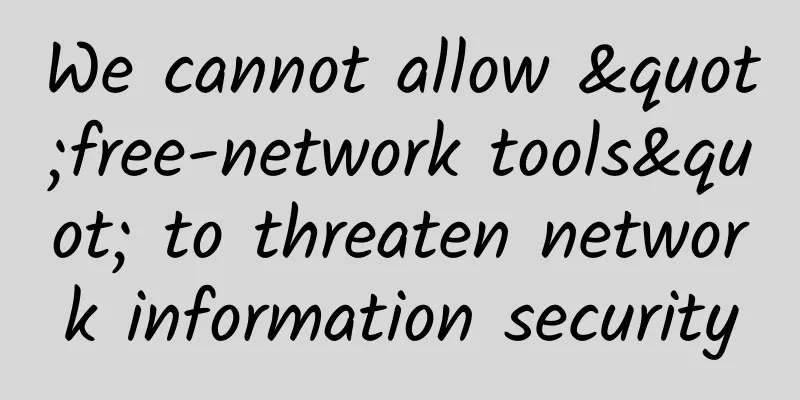Is this another money-making game? Why are you urging me to switch to 5G when 4G is so good?
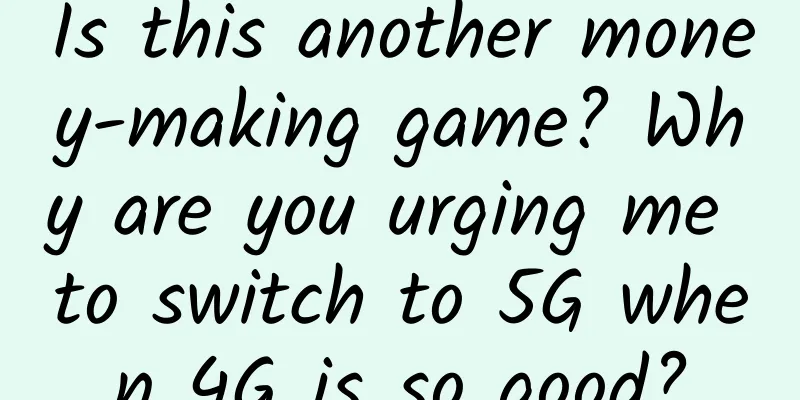
|
At present, the number of 4G users in my country has reached 770 million. However, with the advancement of the policy of speed increase and fee reduction, this number is still growing. The speed has also increased from 3.9M in 3G to 11.9M in 4G. Since the market is so good, why are people promoting 5G so much? From the perspective of mobile phone screen resolution, except for Sony's 4K, other brands are also hovering between 2K or 1080P. The current speed of 4G can fully support it. Is there really a need for faster 5G? Is it just a rigid demand or another money-making game? What you know is that 5G is faster, but you don’t know that as an end-to-end ecosystem, 5G aims to create a fully mobile and fully connected society. Compared with 2/3/4G, which focuses more on technology, 5G aims at an “end-to-end” system architecture. Not only that, 5G will also realize the separation of software/hardware in telecommunications and introduce the concepts of cloudification and virtualization adopted by IT data centers. In short, 5G will use various technologies to meet and support the continuously changing ecosystem and business models. What is 5G? Let's talk about capacity first. 5G's capacity is 1,000 times that of 4G, with a peak rate of 10Gbps-20Gbps. According to the calculation formula of "capacity = bandwidth x spectrum efficiency x number of cells", to increase capacity, you can increase bandwidth, improve spectrum efficiency, or increase the number of cells. However, increasing the number of cells requires building more base stations, which is costly; to increase spectrum bandwidth, many foreign operators have to auction their spectrum resources, which is not cost-effective; therefore, in comparison, operators prefer to increase capacity by improving spectrum efficiency.
1ms latency. We say that the goal of 5G is to control the end-to-end latency to the millisecond level. Does it seem too abstract? Here are some numbers: the internal latency of the LTE network is less than 20ms (not considering retransmission, and if you ping an external server, the latency is usually more than 40-50ms), the propagation speed of optical fiber is 200 kilometers/ms, and 5G requires the access network latency to be no more than 0.5ms when dealing with latency-sensitive use cases, that is, the physical distance between the 5G data center and the 5G base station cannot exceed 50 kilometers.
To this end, we have to consider introducing mobile edge computing and edge data centers in the access network, that is, sinking some functions of the previous core network and application network to the access network, which is undoubtedly contrary to the centralized concept that the telecommunications network has always adhered to. However, while achieving low latency, more Internet content can be brought into the telecommunications network. What is the experience of latency? Let's put it this way, a 2s latency is enough to petrify your mood for surfing the Internet instantly, and a 100ms latency can make you feel that the Internet is occasionally intermittent. 4G is good enough, so what’s the advantage of 5G? As for 5G, the industry generally believes that it will play an important role in driverless cars, VR, and the Internet of Things. Compared with 4G, 5G is an all-round improvement with high performance, low latency, and high capacity. Of course, these advantages are mainly reflected in the five major technologies of millimeter wave, small base station, Massive MIMO, full duplex, and beamforming. Just as more vehicles on the road will cause congestion, when the number of connected devices increases, the spectrum will also become scarce. At present, we can only share limited bandwidth on a narrow spectrum, which greatly affects the user experience. To increase the wireless transmission rate, either increase the spectrum utilization or increase the spectrum bandwidth. The millimeter wave (26.5~300GHz) used by 5G increases the rate through the second method (increasing the spectrum bandwidth). Taking the 28GHz band as an example, its available spectrum bandwidth is 1GHz, while the available signal bandwidth of each channel in the 60GHz band is 2GHz. In fact, millimeter waves have only been used in satellite and radar systems. This is the first time that new frequency band resources have been opened. Some operators have begun to use millimeter waves for testing between base stations. Although millimeter waves have weak penetration and large attenuation, it is not easy to transmit in an environment with tall buildings, but small base stations can solve this problem. As for the small base stations mentioned above, each base station can receive signals from other nearby base stations and send data to users at any location. As for the power consumption issue, small base stations are not only much smaller in scale than large base stations, but also have greatly reduced power consumption. In addition to transmitting via millimeter waves, 5G base stations will also have more antennas than current cellular network base stations, namely Massive MIMO technology.
Seeing this, you may say that multiple antennas will cause more interference. As for this problem, beamforming can solve it very well. It controls each antenna in the antenna array so that each electromagnetic wave it sends out can cancel or enhance each other in space, forming a beam instead of omnidirectional transmission, concentrating limited energy in a specific direction for transmission, making the transmission distance longer and avoiding signal interference. At the same time, beamforming technology can also improve spectrum utilization and send more information from multiple antennas at the same time. ***Let's talk about full-duplex technology, which means that the transmitter and receiver of the device occupy the same frequency resources and work at the same time, so that both ends of the communication can use the same frequency at the same time in the uplink and downlink, breaking the existing frequency division duplex (FDD) and time division duplex (TDD) modes. It is one of the keys for communication nodes to achieve two-way communication, and it is also the key to 5G's high throughput and low latency. Of course, to realize this vision, it is necessary to overcome the problems of circuit board design, physical layer/MAC layer optimization, control plane optimization for dynamic switching between full-duplex and half-duplex, and optimization of existing frame structure and control signaling. Although 5G is still in the planning and testing stage, with the joint efforts of the entire industry, the commercialization of 5G is just around the corner. |
<<: New wireless broadband technologies in the 5G era
>>: CDN shifts from price war to technology war, will video cloud rewrite the market landscape?
Recommend
Understanding Lossless Networks in One Article
According to OpenAI's data analysis, the amou...
Is it necessary to activate a 5G package to use the 5G network? The Ministry of Industry and Information Technology has responded, and users are applauding
Two years ago, 5G was still far away from us; two...
How to tell if Wi-Fi 6 is right for you
There is a lot of discussion around the next gene...
The 5G timetable of the three major operators is determined: it is not too late to change your mobile phone in 2019
At the recently concluded MWC 2018, 5G became a h...
Debunking three myths about edge computing
【51CTO.com Quick Translation】With millions of mac...
Megalayer: Hong Kong/Singapore/US VPS annual payment starts from 199 yuan or 24 yuan/month, dedicated server starts from 399 yuan/month
Megalayer is a foreign hosting company establishe...
In the case of Li Yunlong, the principle of SSL/TLS protocol can be explained as follows
At the end of the TV series "Bright Sword&qu...
Ovum's view: 5G is here, but 4G technology will continue to play a long-term role
According to a new research report from Ovum, 4G ...
ExtraVM: 1Gbps unlimited traffic VPS starting at $3.5 per month, AMD Ryzen series, multiple computer rooms available
ExtraVM is a foreign VPS service provider founded...
Taiwan's 5G penetration rate is expected to reach 30% by the end of this year
According to Taiwan's Electronic Times, indus...
Schneider Electric is a pioneer in green data centers
With the rapid development of information technol...
LOCVPS 20% off, Hong Kong Cloud/Confederation VPS bandwidth upgrades at no additional cost
LOCVPS released the promotion information for Jul...
Will 2019 be the first year of 5G? The three major operators: Not happening!
In 2019, people inside and outside the industry s...
Maxthon Hosting: Unpopular CN2 Data Center, German CN2/Netherlands CN2 (Anti-complaint), 2G memory package starting from 60 yuan per month
In January, we shared the news about Maxthon'...
[Black Friday] DediPath VPS Hosting 50% Off, 1Gbps Unlimited Dedicated Server Starting at $45/month
DediPath is a foreign VPS service provider founde...
